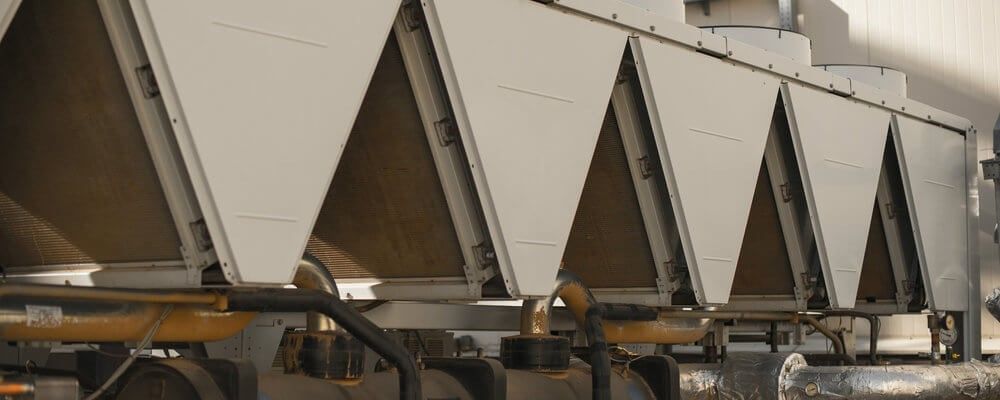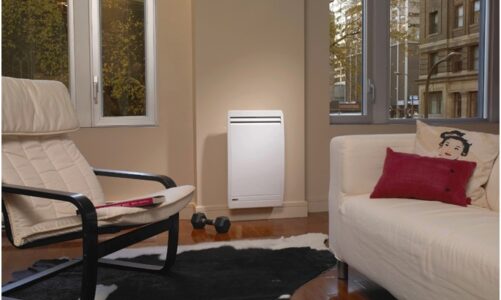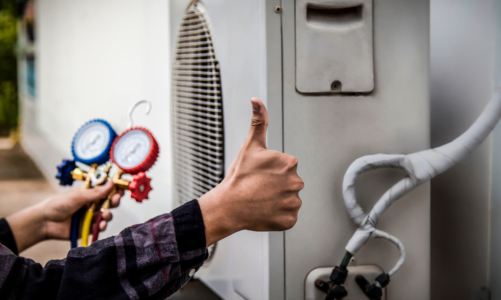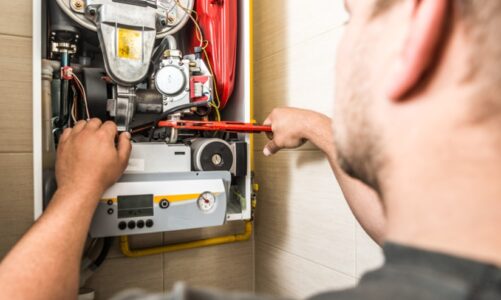A water cooling system is a type of refrigeration machine that is used to cool all types of refrigerants. This device is operated by a vapor compression refrigeration cycle. A similar cycle is used in conventional air cooled chiller as well. In general, artificial cold is obtained using simple physical processes. They are expansion, evaporation, compression, and condensation of working substances or refrigerants.
The Concept and Features of the Refrigeration Cycle
The principle of operation will help you quickly determine the model of the refrigeration machine when buying. And here you can not do without defining the refrigeration cycle. It is a circular process that is used for cooling in chillers. The refrigerant cycle includes 4 basic steps:
- This unit is a key component of every refrigeration plant. It maintains the normal flow of the refrigerant in the system. The compressor is supplied with refrigerated low-pressure refrigerant in the form of vapor, which is compressed to increase pressure and temperature.
- Air condenser. Steam enters here, which under pressure is transformed into a liquid state. This process is called condensation. It is required to discharge the heat rejected by the refrigerant into the environment.
- Flow regulator. At this point, the liquid refrigerant passes through the flow regulator to cool and release pressure.
- Here the low-pressure refrigerant boils, taking heat from the indoor air and transforming it into a gaseous state. After that, the refrigerant in the form of gas enters the compressor again and the refrigeration cycle repeats.
There are chillers that operate on a reverse refrigeration cycle, creating cold instead of heat. This process is similar to the reverse mode of an air conditioner. Here the condenser acts as an evaporator, taking heat from the outside and transferring it to the coolant. The latter is more correct in this case to be called a coolant.




